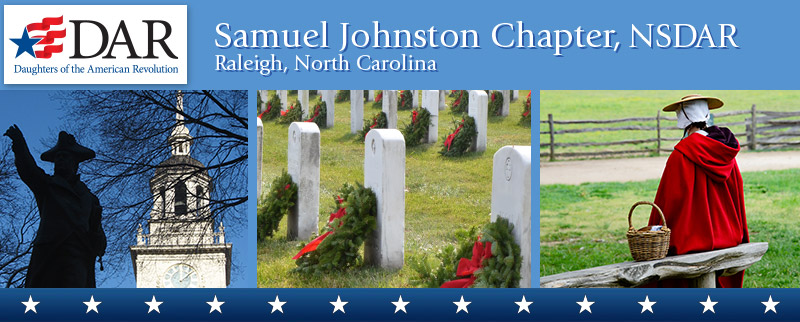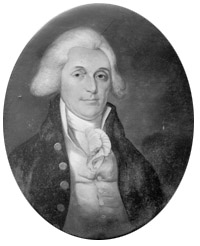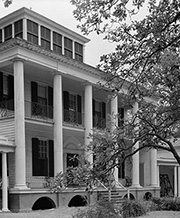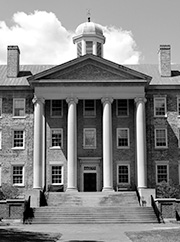
History
Samuel Johnston Chapter, NSDAR
The organizational meeting of the Samuel Johnston Chapter, NSDAR, took place 20 November 1963. State Regent Susan Deane Van Landingham Cordon, was present and installed organizing regent Miriam Easterling Baker, as the first chapter regent. Mrs. Baker reported to the membership on 11 December 1963, that the Samuel Johnston Chapter, NSDAR, was confirmed in Washington, D.C. The name of Samuel Johnston, was selected because of his patriotic and efficient leadership.
Caswell-Nash Chapter, NSDAR, was the sponsoring chapter for the new Samuel Johnston Chapter, NSDAR. In addition to giving this new chapter guidance and support, Caswell-Nash Chapter, NSDAR, gave up fifteen of its members for “the cause.” Among these transfers were charter members: Elizabeth Chamblee, Mary Douglass, Cecilia Holding, and Clarice Kennedy.
Our chapter has grown from 29 charter members in 1963, to currently more than 100 members. In 2018, Mary Tatum was elected to a three-year term as State Recording Secretary. She is the first member of the chapter elected as a state officer.
Since the first meeting on 20 November 1963, our chapter members have won many state and national awards as the chapter has endeavored to meet the goals of the National Society Daughters of the American Revolution through their motto: "God, Home, and Country.”

Samuel Johnston
Photo from Wikimedia
Samuel Johnston
Samuel Johnston was born in Dundee, Scotland, on 15 December 1733. He moved with his family to Onslow County, North Carolina, in 1736.
As a boy, Samuel was educated in New England. He returned to Edenton, North Carolina, in the fall of 1753, to read law under Thomas Barker. He was licensed as an attorney in 1756. That spring, he bought Hayes Plantation, where he and his family lived for about 30 years.
A rare man, he was endowed with learning, wisdom, leadership ability, and sterling character. He was able to command respect and loyalty from his compatriots during those troublesome and formative years before and after the Revolutionary War. His public service career covered a period of 44 years. During this time, he served in many public offices:
- legislator
- delegate to four Provincial Congresses
- president of two Constitutional Conventions
- member of the Continental Congress
- judge
- governor
- the first United States senator from North Carolina
After serving in the U.S. Senate, Johnston then retired to North Carolina. He served as a judge of the Superior Court from 1800 to 1813. He was active in the founding of the University of North Carolina and served as its first elected trustee in 1789. He often visited the school and was especially proud of the students in their public examinations at graduation. Johnston died on 17 August 1816, and is buried in the family graveyard at Hayes Plantation near Edenton.
The content contained herein does not necessarily represent the position of the NSDAR. Web hyperlinks to
non-DAR sites are not the responsibility of the NSDAR, the state organizations, or individual DAR chapters.

